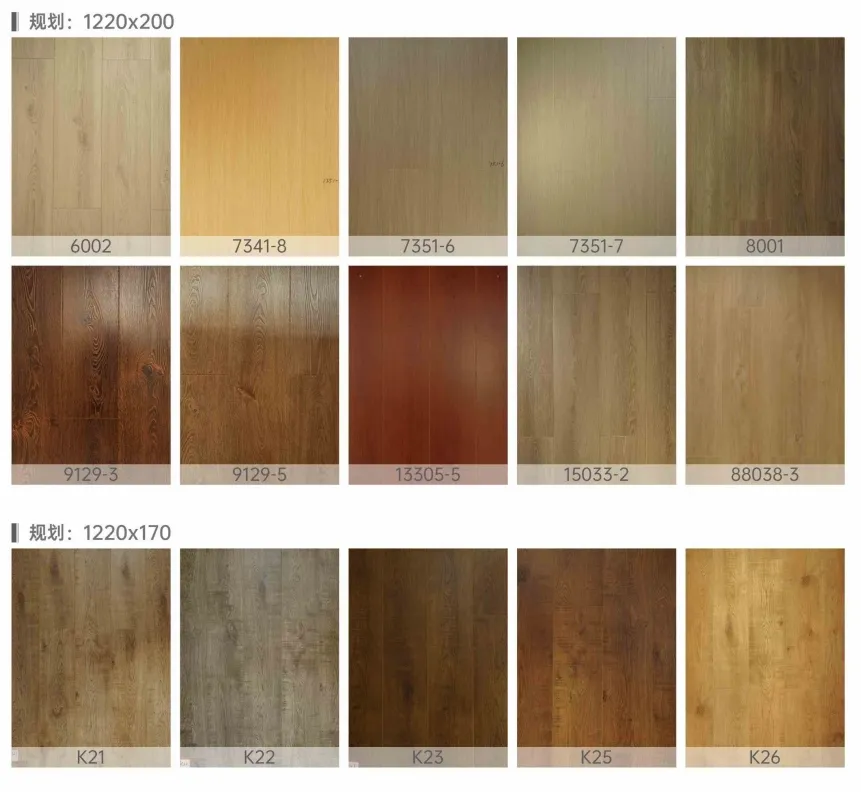Choosing the Right Floor Skirting Board for Your Home Decor
Understanding Floor Skirting Boards A Comprehensive Guide
Floor skirting boards, commonly known as baseboards or skirting, are an essential component in interior design that serves both functional and aesthetic purposes. These boards run along the bottom of walls, covering the joint between the wall surface and the floor. They come in various styles, materials, and finishes, enabling home and business owners to choose the perfect match for their decor and requirements.
Functionality of Skirting Boards
The primary function of skirting boards is to protect walls from damage. Furniture, vacuum cleaners, and foot traffic can easily scuff and mar the lower part of walls. By installing skirting, homeowners can prevent these unsightly marks, ensuring the walls maintain their integrity and appearance over time.
Additionally, skirting boards help to conceal the gaps between the wall and the floor, which are often necessary for installation but can appear unsightly. This gap can be a point of entry for dust and pests, so skirting provides a neat solution. Furthermore, skirting boards can also be utilized to hide electrical wiring, making spaces safer and more organized.
Styles and Materials
Skirting boards come in a variety of styles. Traditional skirting tends to be more ornate, featuring intricate designs and profiles that add character to a room. Modern styles, on the other hand, often emphasize clean lines and minimalism. Contemporary skirting boards can be flat and straight, which pairs well with modern interior designs.
floor skirting board

As for materials, skirting boards can be made from different options including wood, MDF (medium-density fiberboard), PVC, and even ceramic. Wooden skirting boards are the most classic choice, offering a warm and natural look. They can be stained or painted, allowing for great versatility in matching decor. MDF skirting boards are often more cost-effective and easier to install, making them a popular choice for many homeowners.
PVC skirting boards are resistant to moisture, making them an ideal option for bathrooms and kitchens. They are available in various colors and finishes, which can complement any style. The choice of material will depend on the desired look, budget, and specific requirements of the space.
Installation and Maintenance
Installing skirting boards can be a straightforward DIY project for those with basic carpentry skills. It generally involves measuring the walls, cutting the boards to size, and then securing them to the wall using nails or adhesive. For a more polished look, joints should be neatly mitred at corners. However, if you are uncertain about tackling the installation, hiring a professional can ensure a flawless finish.
Maintenance of skirting boards is also relatively simple. Regular dusting and occasional wiping with a damp cloth can keep them looking pristine. For wooden boards, it may be necessary to refinish or repaint them over time to maintain their luster.
Conclusion
In summary, floor skirting boards may be a small detail in the grand scheme of interior design, but they provide significant benefits. They protect walls, add an element of style, and can even serve functional purposes like hiding wiring. With a variety of materials and styles available, there is a perfect skirting board for every room and design preference. Whether you are renovating or simply refreshing a space, considering the impact of skirting boards can elevate the overall aesthetic of your home or office. Investing in quality skirting boards is not just about decor; it’s about preserving the beauty and longevity of your interiors.
-
SPC Vinyl FlooringJul.18,2025
-
Home SPC FlooringJul.18,2025
-
Heterogeneous Sheet Vinyl: The Ultimate Commercial Flooring SolutionJul.15,2025
-
Dry Back LVT Flooring: A Durable and Stylish Flooring SolutionJul.15,2025
-
Click LVT Flooring: A Stylish and Convenient Flooring SolutionJul.15,2025
-
SPC FlooringJun.24,2025




